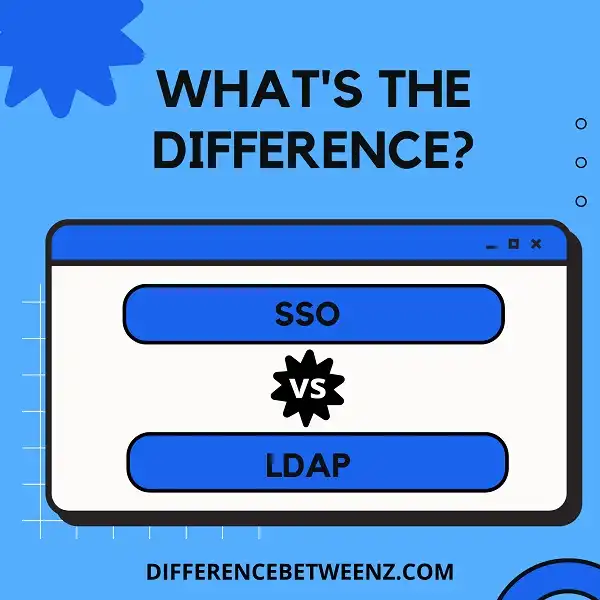Single sign-on (SSO) and Lightweight Directory Access Protocol (LDAP) are both authentication methods used to allow users to log in to multiple applications with a single set of credentials. SSO is often seen as more user-friendly, as it eliminates the need to remember multiple usernames and passwords. LDAP is more commonly used in corporate environments, where administrators need more control over user access rights. In this post, we’ll explore the differences between SSO and LDAP and discuss which one might be right for your organization.
What is SSO?
SSO, or single sign-on, is a system that allows users to access multiple applications or websites using one set of credentials. SSO simplifies the login process for users and improves security by centralizing authentication. SSO also allows for better management of user access and control over which resources individual users have access to.
SSO solutions often integrate with directories such as Active Directory or LDAP to authenticate users, but can also use other methods such as SAML or OAuth. SSO is becoming increasingly popular as more organizations adopt cloud-based solutions and need to manage access for a larger number of applications and devices. However, SSO does come with some potential drawbacks including added complexity in setup and potential vulnerabilities if not properly implemented
What is LDAP?
- LDAP, or Lightweight Directory Access Protocol, is a commonly used protocol for accessing and maintaining distributed directory information services over an Internet Protocol (IP) network.
- LDAP directories are often used to store user credentials and configure SSO solutions. LDAP is also a common method of authenticating users in other technologies such as virtual private networks (VPNs) and email servers.
- LDAP can be used with both on-premise directory services such as Microsoft Active Directory and cloud-based directories, including those offered by Google and Amazon Web Services. LDAP has been around since the 1990s and is widely supported by many different software applications and operating systems.
Difference between SSO and LDAP
SSO, or Single Sign On, is a centralized login system that allows users to access multiple applications with just one set of credentials. LDAP, or Lightweight Directory Access Protocol, is a protocol used for accessing and maintaining distributed directory information services over an internet network. SSO simplifies the login process for end users while LDAP is primarily used for managing and organizing user account information. SSO can use LDAP as its backend for authenticating users but they serve different purposes in terms of functionality. SSO generally offers more convenience for end users while LDAP offers more flexibility and control for administrators.
Conclusion
SSO and LDAP are both authentication protocols that allow users to log in to a system with one set of credentials. However, they differ in a few ways. SSO is typically used by enterprises to provide single sign-on for their employees, while LDAP is more commonly used by organizations that need to manage large numbers of user accounts. Additionally, SSO is often implemented using software tokens or cookies, whereas LDAP relies on directory services. Finally, SSO is often seen as being more secure because it doesn’t transmit passwords across the network.


